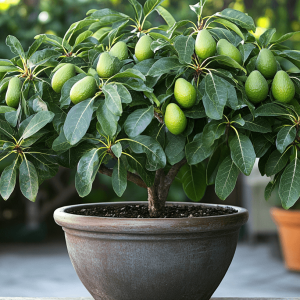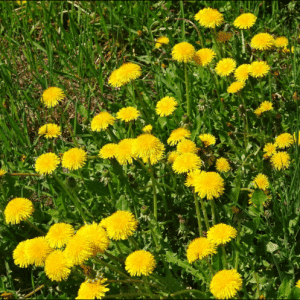
Facing Unwanted Insects at Home? Let Plants Be Your Shield!
Insects like spiders, ants, flies, and mosquitoes can sometimes feel like uninvited guests, making your living space their playground. Instead of leaning on chemicals or sticky traps, it might be time to employ a green brigade. Plants are nature’s way of maintaining balance, and some of them have the added benefit of warding off these little intruders. Dive in to discover ten flora protectors that keep these bugs at arm’s length.
1. Lavender (Lavandula spp.):

A favorite for many due to its soothing scent, lavender has a side many don’t realize. While its aroma is calming for us, it’s off-putting for pests like mosquitoes, flies, and moths. Whether indoors or in your garden, lavender ensures a serene, bug-free atmosphere.
2. Mint Magic (Mentha spp.):

The invigorating scent of mints, like peppermint and spearmint, is not just perfect for teas but also acts as an insect deterrent. Positioning mint plants around doorways or windows forms a fragrant shield, keeping spiders, ants, and flies from making an entrance.
3. Citronella Grass (Cymbopogon nardus):

Mostly recognized as a mosquito enemy, citronella is the natural adversary these pests never wanted. With its inherent citronella oil, this grass can be the foundation of candles or diffused oils, ensuring mosquitoes think twice before approaching. Adorning your outdoor spaces or window sills with this plant can make a noticeable difference.
4. Basil (Ocimum basilicum):

While basil is often celebrated for its culinary wonders, it has an added bonus. This aromatic herb doubles as a natural shield against flies and mosquitoes. Incorporate basil plants in your garden layout or station them on your windowsills, and notice the reduction in these pesky invaders.
5. Rosemary (Rosmarinus officinalis):

Beyond its role as a flavor enhancer in many dishes, rosemary brings a pleasant scent that’s not so appealing to insects. This fragrant herb is a formidable foe for mosquitoes and flies, ensuring your home remains a calm, bug-free sanctuary.
6. Marigold (Tagetes spp.):

More than their brilliant hues and captivating beauty, marigolds serve a practical purpose. Their distinct aroma acts as a natural barricade, keeping mosquitoes, flies, and certain ant species at bay. Dot them around your garden or station potted marigolds close to entry points for an added layer of protection.
7. Catnip (Nepeta cataria):

While catnip might be famous for delighting our feline friends, its value doesn’t end there. This mint family member possesses an essential oil, nepetalactone, which turns out to be a formidable mosquito repellent. Grow catnip in your garden or utilize dried sachets of the herb around entrances and windows.
8. Lemongrass (Cymbopogon citratus):

Not just an aromatic addition to various cuisines, lemongrass has been recognized for its potent mosquito-repelling abilities. Its citrusy aroma neutralizes the scents that typically lure mosquitoes. Embed lemongrass into your garden scheme or diffuse its essential oil for indoor protection.
9. Chrysanthemums (Chrysanthemum spp.):

Beyond their visual appeal, chrysanthemums serve as a potent defense against insects. These blooms house pyrethrum, a key ingredient in several insect repellents. Introducing chrysanthemums to your garden landscape helps deter a host of pests like spiders, ants, flies, and mosquitoes.
10. Lemon Balm (Melissa officinalis):

Lemon balm, with its delightful citrus fragrance, does more than just please the senses. Belonging to the mint family, it has been found effective in warding off mosquitoes and flies. Cultivate it outdoors or station potted variants near windows and doors for maximum efficacy.
By turning to the offerings of Mother Nature, one can establish a pest-free haven without resorting to chemicals or breaking the bank. These ten plants, with their repelling properties, simultaneously enhance the aesthetics and aroma of your residence. Harness their innate abilities, and give unwelcome insects the boot.






